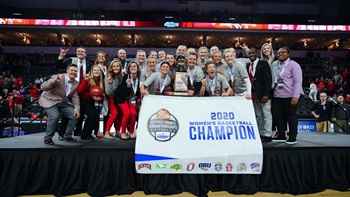The National Music Museum Closes Doors to Prepare for Upcoming Construction
Doors will close to the public throughout the preparation period and most of the construction. Groundbreaking for the addition is set for June 2019, and the museum will reopen by 2021.
“Despite the building closure, the National Music Museum will be alive in other ways. We will continue hosting our NMM Live! concert series,” said Patricia Bornhofen, the NMM’s manager of communications. “The shows will take place off-site, often in the University of South Dakota’s Farber Hall.”
“We will also continue our partnerships with other institutions, loaning instruments for special exhibits and ‘pop-up’ displays. We will have a bigger social-media presence across platforms, so that people can engage further with our collection virtually.”
In March, the NMM announced they were approved to add approximately 16,000 square feet (two floors plus an underground level) to the existing Carnegie building. Funding for the estimated $9.5 million building project was raised by the Museum’s Board, with up to $1.5 million of that amount (representing upgrades to HVAC and facilities infrastructure) to be covered by USD.
With 15,000 musical instruments currently in the NMM’s collections, as well as many thousands of supporting artifacts and materials, the NMM needs more public display area and more storage and conservation options. The new addition will provide approximately 4,600 square feet of new exhibit space, a gallery dedicated to temporary exhibits, a new performance hall, a dedicated classroom, a new research and conservation lab, a new photography lab, more archival storage and new staff and administration offices.
The National Music Museum is located in the former 1910 Carnegie Library building at USD. The new addition will be on the west side of the current building and will include a new ADA-accessible entrance into a glass-fronted two-story lobby. Schwartz/Silver Architects of Boston, Mass., created the integrated look of the addition. Koch Hazard Architects of Sioux Falls, S.D., are the on-site authorities as architect of record.
Known for historic musical-instrument holdings that rival any of the finest in the world, the NMM sees the expansion as an opportunity to showcase these masterpieces with state-of-the-art practices and technologies.
“Our goal is to continue being expert stewards and scholars of these masterworks, while attracting more visitors and enhancing their overall museum experience,” said Margaret Downie Banks, associate director of the NMM.
Fundraising is also underway to support the redesign of exhibits, cutting-edge museum technologies, aesthetic enhancements, operational costs and the sustained growth of the museum’s endowment.


